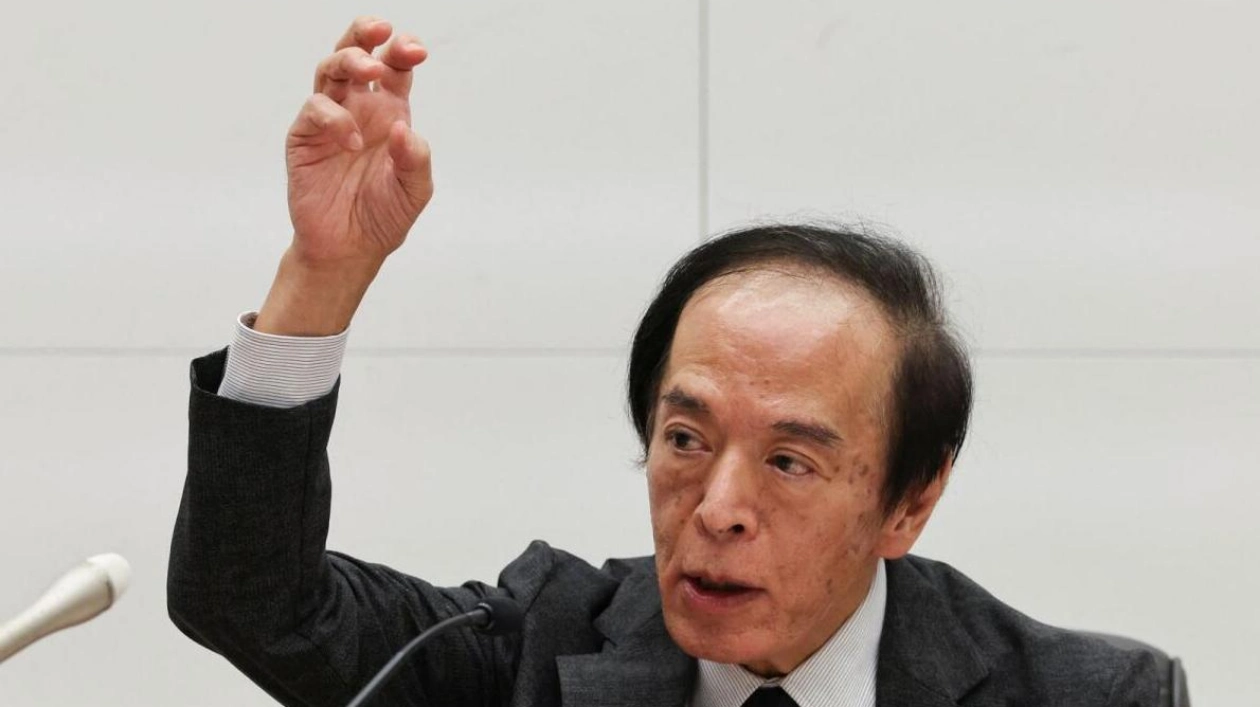The Bank of Japan can take its time observing financial markets and overseas economies as it formulates monetary policy, Governor Kazuo Ueda stated on Tuesday, implying that the central bank is not in a hurry to raise interest rates further. He also expressed hope in examining service-price data for October, which will be released in November, to determine if underlying inflation is moving towards the BoJ’s 2% inflation target—a condition for raising interest rates.
“October is a month when service-price revisions are concentrated in Japan, so we must scrutinize data carefully,” Ueda said during a news conference after meeting with business leaders in Osaka. “While there are some elements we can estimate in advance, we need to look at actual data to confirm,” he added, suggesting that the BoJ will wait at least until December to raise rates again.
The BoJ’s next policy meeting is scheduled for October 30-31, where the board will also conduct a quarterly review of its growth and inflation forecasts. Ueda reiterated that the BoJ will raise rates if underlying inflation accelerates towards its 2% target as projected, indicating no change in its stance to gradually increase borrowing costs from still near-zero levels. However, he cautioned about risks surrounding the outlook, such as volatile financial markets and uncertainty about whether the US economy can achieve a soft landing.
“We must conduct policy in a timely, appropriate fashion without having any pre-set schedule in mind, taking into account various uncertainties,” Ueda said in a speech to business leaders in Osaka. The yen’s “one-sided declines” have reversed since August, significantly reducing the risk of an inflation overshoot by moderating the pace of rise in import prices, according to Ueda.
“We need to scrutinize market moves and overseas economic developments behind them in setting monetary policy. We can afford to spend time doing this,” he said. These remarks indicate a shift in the BoJ’s focus from inflationary risks to the possibility of slowing global growth and yen rises affecting Japan’s export-dependent economy. They were consistent with Ueda’s comments after the BoJ’s policy meeting on Friday, where the board unanimously voted to keep short-term rates steady at 0.25%.
Ueda emphasized that domestic economic conditions were aligning with the BoJ’s projection, with rising wages supporting consumption and pushing up service-sector prices. However, he highlighted the need to monitor growing overseas risks, such as uncertainty about how past aggressive interest rate hikes by the Federal Reserve could impact the US economy. Financial markets remained “somewhat unstable,” Ueda added, stressing the need to continuously monitor market developments with “utmost vigilance.”
The BoJ ended negative interest rates in March and raised short-term rates to 0.25% in July, marking a significant shift away from a decade-long stimulus program aimed at boosting inflation and economic growth. Japan’s rate-hike cycle began as many other central banks cut interest rates after aggressively tightening monetary policy to combat high inflation. The Fed, for instance, recently initiated a series of rate cuts with a half-percentage-point reduction following soft labor market data. Japan’s core consumer inflation accelerated for the fourth consecutive month in August and remained comfortably above the central bank’s 2% target, sustaining expectations for further interest rate hikes.






